Don't miss our holiday offer - up to 50% OFF!
Ponaxen 15 Mg (Ponatinib)
The active ingredient of the traditional medication Ponaxen 15 mg is Ponatinib, a strong oral tyrosine kinase inhibitor (TKI). It’s generally specified in the operation of specific types of leukemia, for illustration, habitual myeloid leukemia( CML) and Philadelphia chromosome-positive acute lymphoblastic leukemia( Ph each), particularly for cases who have come resistant or intolerant to previous TKI remedy. Manufactured to strict pharmaceutical norms, Ponaxen 15 mg has come a preferred remedy for cases with many druthers from mutations similar as T315I, rendering other TKIs ineffective.
Mechanism of Action
Ponatinib is potent against BCR- ABL tyrosine kinase, the aberrant enzyme produced due to the Philadelphia chromosome in CML and Ph ALL. The excessive growth of white blood cells is brought on by the defective enzyme. Ponatinib is distinct from TKIs because it’s effective against BCR- ABL with the T315I mutation, a common resistance medium to other treatments. Ponatinib inhibits other kinases similar as VEGFR, FGFR, PDGFR, and Src family kinases, that contribute to its exertion as well as its side effect profile.
Indications
Ponaxen 15 mg is indicated in the treatment of habitual Phase, Accelerated Phase, or Blast Phase CML in cases with resistance or dogmatism to former TKI remedy.
Ph ALL in cases with resistance or dogmatism to former TKI remedy.
T315I mutation cases, anyhow of their phase of complaint.
This drug is generally started when at least two former TKIs( e.g., imatinib, dasatinib, or nilotinib) have failed or in resistance mutation.
Dosage and Administration
The typical starting dose of Ponatinib is 45 mg formerly daily, but lower boluses similar as 15 mg are generally given grounded on response, tolerability, and patient considerations. Ponaxen 15 mg may be employed under a cure-reduction authority to avoid side effects or as conservation following an original response. It must be taken orally formerly diurnal with or without refections and must be swallowed complete with water.
The treatment should be continued as long as the case derives benefit with or without inferior toxin. Cure revision can be made grounded on liver function, toxin, or hematologic status.
Contraindications and Precautions
Ponatinib is contraindicated in cases with known acuity to the medicine or its factors. It should be used with caution in cases with
Cardiovascular complaint threat of heightened arterial occlusive events.
Hypertension: Blood pressure must be control ahead and during remedy.
Liver dysfunction requires cure adaptation and close monitoring.
A history of high lipase or pancreatitis.
Gestation and lactation. Ponatinib can harm a fetus. Safe contraception is advise.
Ongoing monitoring due to its potent effect is necessary, including
Complete blood counts( CBC)
Liver function tests( LFTs)
Amylase and lipase situations
Blood pressure
Cardiac evaluation, particularly in cases with threat factors
Side Effects
Ponatinib has the eventuality to both common and severe side effects. Some of the most constantly reported bones
are
Common side effects
Rash
Fatigue
Headache
Abdominal pain
Nausea
Constipation or diarrhea
common or muscle pain
Serious side effects
Arterial thrombosis and occlusion (e.g., stroke, heart attack, branch ischemia)
Venous thromboembolism
Heart failure
Liver toxin
Pancreatitis
Severe hypertension
Myelosuppression (low blood cell counts)
Due to these implicit complications, Ponatinib must be titrate precisely and through frequent follow- up visits to hand case safety.
Drug Interactions
The liver’s CYP3A4 enzyme is principally responsible for ponatinib’s metabolism. Medicines that induce or inhibit CYP3A4 affect Ponatinib situations. Important relations are
CYP3A4 impediments (e.g., ketoconazole, clarithromycin) may increase ponatinib situations and threat of toxin.
CYP3A4 inhibitors, such as phenytoin and rifampin, may reduce the effectiveness of ponatinib.
Anticoagulants or antiplatelet agents: Bleeding threat increase.
All medicines and supplements cases take should be report to their healthcare provider to avoid adverse relations.
Use in Special Populations
Gestation Ponatinib is order D. Fetal injury can affect from Ponatinib and isn’t recommend unless the benefit is significantly lesser than the threat.
Breastfeeding: Shouldn’t breastfeed during use and for some time after the last dose.
Senior cases: Use with caution as senior cases are more sensitive to side effects.
Hepatic or renal impairment requires lozenge adaptation and close monitoring.
Storage and Handling
Ponaxen 15 mg tablets should be store at room temperature( generally 20 °C to 25 °C), in a cool, dry position. The medicine must be save in its original vessel, defended from humidity and light, and out of children’s and pets’ reach.
Conclusion
Ponaxen 15 mg (Ponatinib) is a precious remedial option for CML and Ph ALL cases, especially those cases with resistance mutations like T315I. Though it’s of significant benefit, it’s also vulnerable to severe side effects and needs close monitoring by a doctor. Cases need to be apprehensive of signs of cardiovascular events, pancreatitis, and liver injury, and have regular follow- up with the doctor. With careful monitoring and customized dosing, Ponaxen 15 mg may safely achieve effective complaint control in cases with limited remedial options.

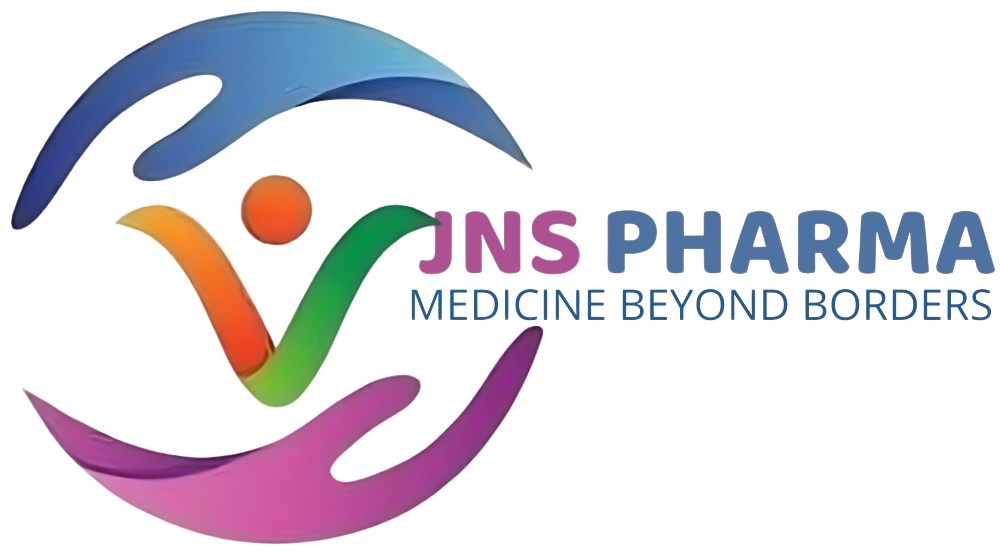
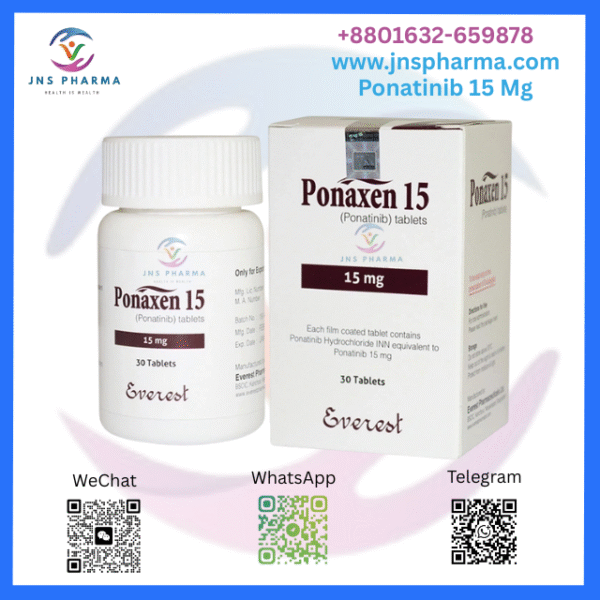

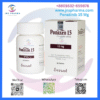
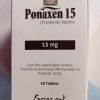
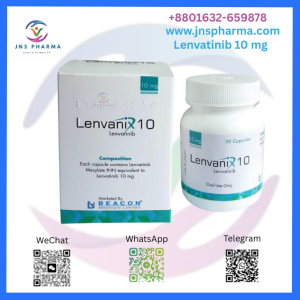
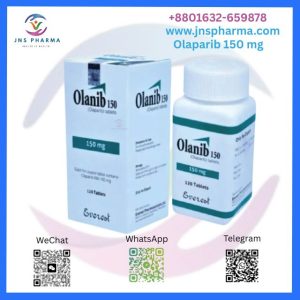
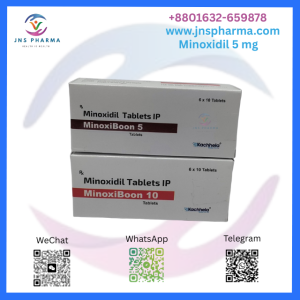
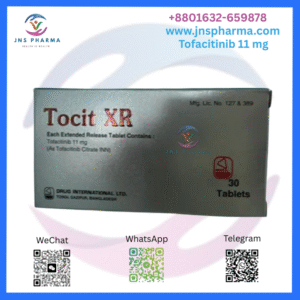
Reviews
There are no reviews yet.